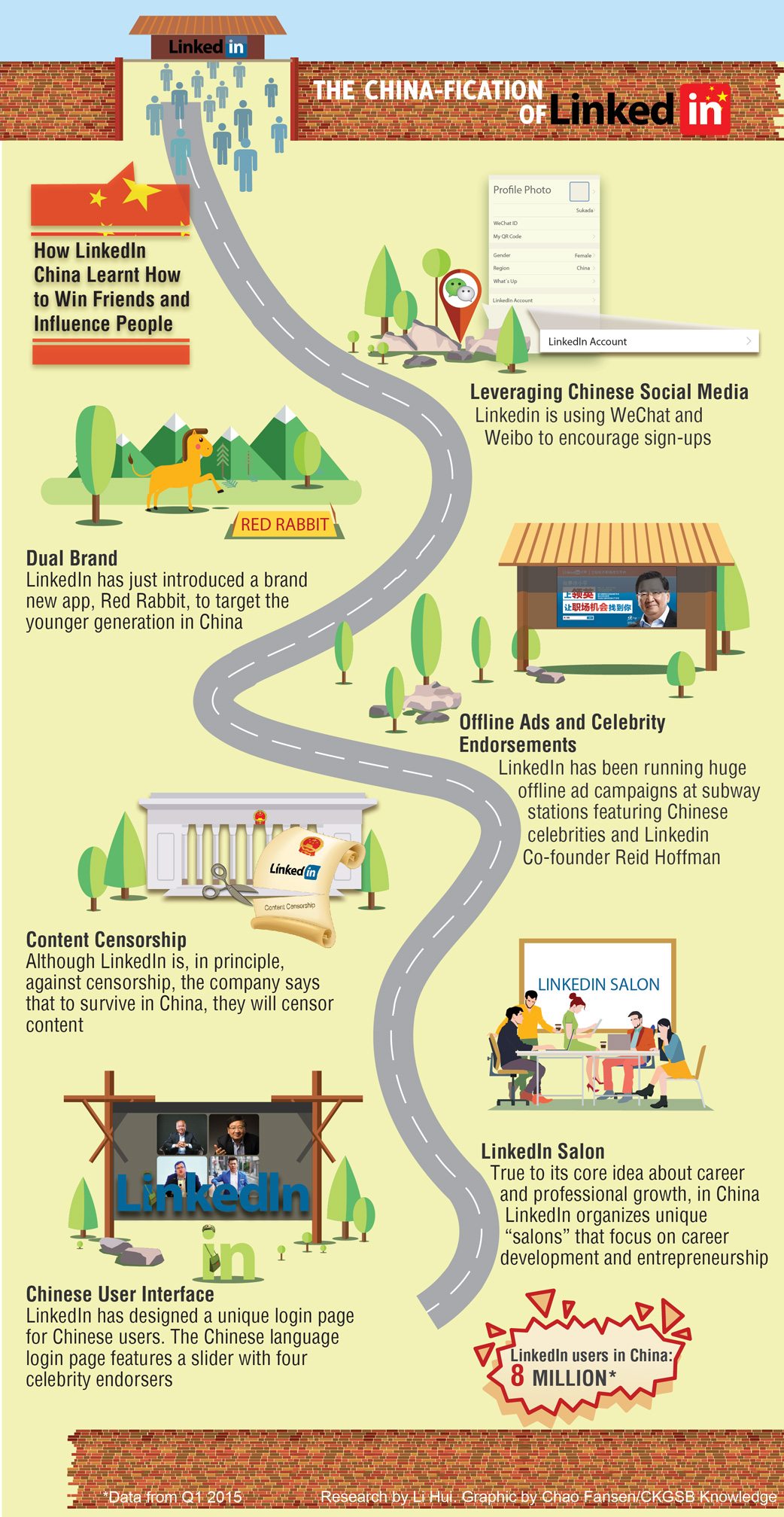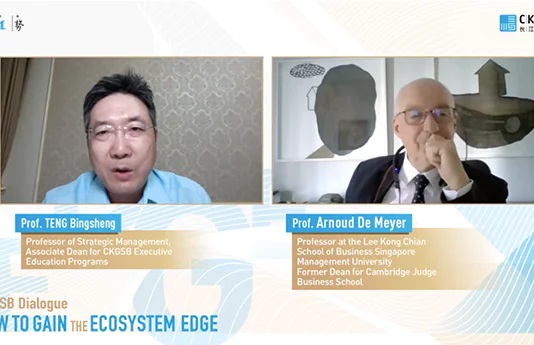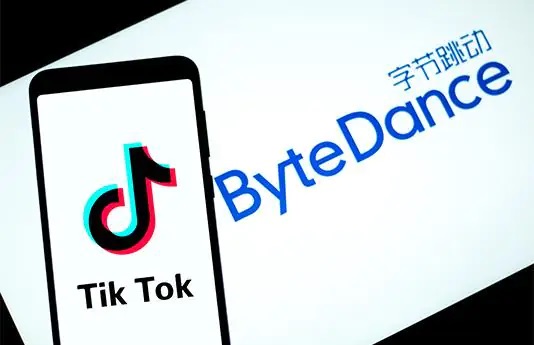In China, LinkedIn is offering its tried and tested formula of professional networking with some unique twists.
China has a gigantic internet user base of 645 million people, ranking No 1 globally, according to data from China Internet Network Information Center. The sheer size of China’s online market has lured many global internet companies to this vast land of opportunities. But the reality is often harsher than dreams. After all, despite their best intentions, companies like Google, Yahoo and AOL failed to rewrite their destiny in China.
So what makes it so hard for international players to win in the Chinese market? Robin Li, Baidu’s founder and CEO, once said that the secret ingredient in building a successful business in China is to be ‘down to earth’. Duplicating the same old global approach in China without giving thorough consideration is fraught with risk.
When it comes to localizing for China, there are lessons to be learnt from relative latecomers, such as LinkedIn. Launched in 2003, LinkedIn didn’t set foot in China until 2014. Yet when it came, it did things differently right from the start.
For starters, LinkedIn, which is called Lingying in Chinese, didn’t establish its China office as a branch of the parent company, thus avoiding from the beginning the risk of being treated as a satellite office just executing the headquarters’ orders. Instead, LinkedIn China was founded as a joint venture with Dragon Networking, an affiliate of China Broadband Capital, and SCCV IV Success HoldCo, Ltd., an affiliate of Sequoia Capital. Being a joint venture makes the organizational entity a lot more entrepreneurial and gives it the ability to innovate locally. The China office has an unprecedented amount of autonomy and China President Derek Shen reports directly to CEO Jeff Weiner and co-founder Reid Hoffman.
LinkedIn has incorporated distinctly Chinese elements in its China operations. For example, LinkedIn teamed up with China’s most popular messaging app WeChat and the Chinese equivalent of Twitter, Weibo. WeChat users can add a LinkedIn Namecard under ‘user information’ and stay connected professionally with their friends from social media. The decision to tie up with WeChat and Weibo is a smart one. Instead of waiting for users to discover LinkedIn on their own, LinkedIn is plugging into places where user traffic is already very high and the chances of getting sign-ups is also high.
LinkedIn also relies heavily on offline promotion in China to raise awareness. LinkedIn advertisements featuring celebrity endorsers were recently seen plastered on the walls of various Beijing subway stations. These endorsers, including former Olympic gymnast and now entrepreneur Li Ning, Linkedin co-founder Reid Hoffman, Chinese pop singer Haiquan, and well known angel investor Xu Xiaoping, are also on the login page of the Chinese LinkedIn website.
More recently, LinkedIn China released a mobile app called Chi Tu, which means ‘red rabbit’ in Chinese and was the name of a famous warhorse in ancient China. The word Chi Tu is now used to refer to ‘talent’. This app is LinkedIn’s attempt to target the younger generation of the workforce and provide them lighter career management content. The app itself hasn’t formally launched yet (it is still at the invitation-only beta-testing stage) so more details aren’t available yet. Time will tell how LinkedIn’s dual brand strategy—LinkedIn China and Chi Tu—pans out in China.
In China, LinkedIn also screens and filters content, something it doesn’t do anywhere else. As LinkedIn CEO Jeff Weiner told The Wall Street Journal in an earlier interview: “We’re expecting there will be requests to filter content… We are strongly in support of freedom of expression and we are opposed to censorship,… [but] that’s going to be necessary for us to achieve the kind of scale that we’d like to be able to deliver to our membership.”
Click on the infographic below to see how LinkedIn is adapting to China.




















